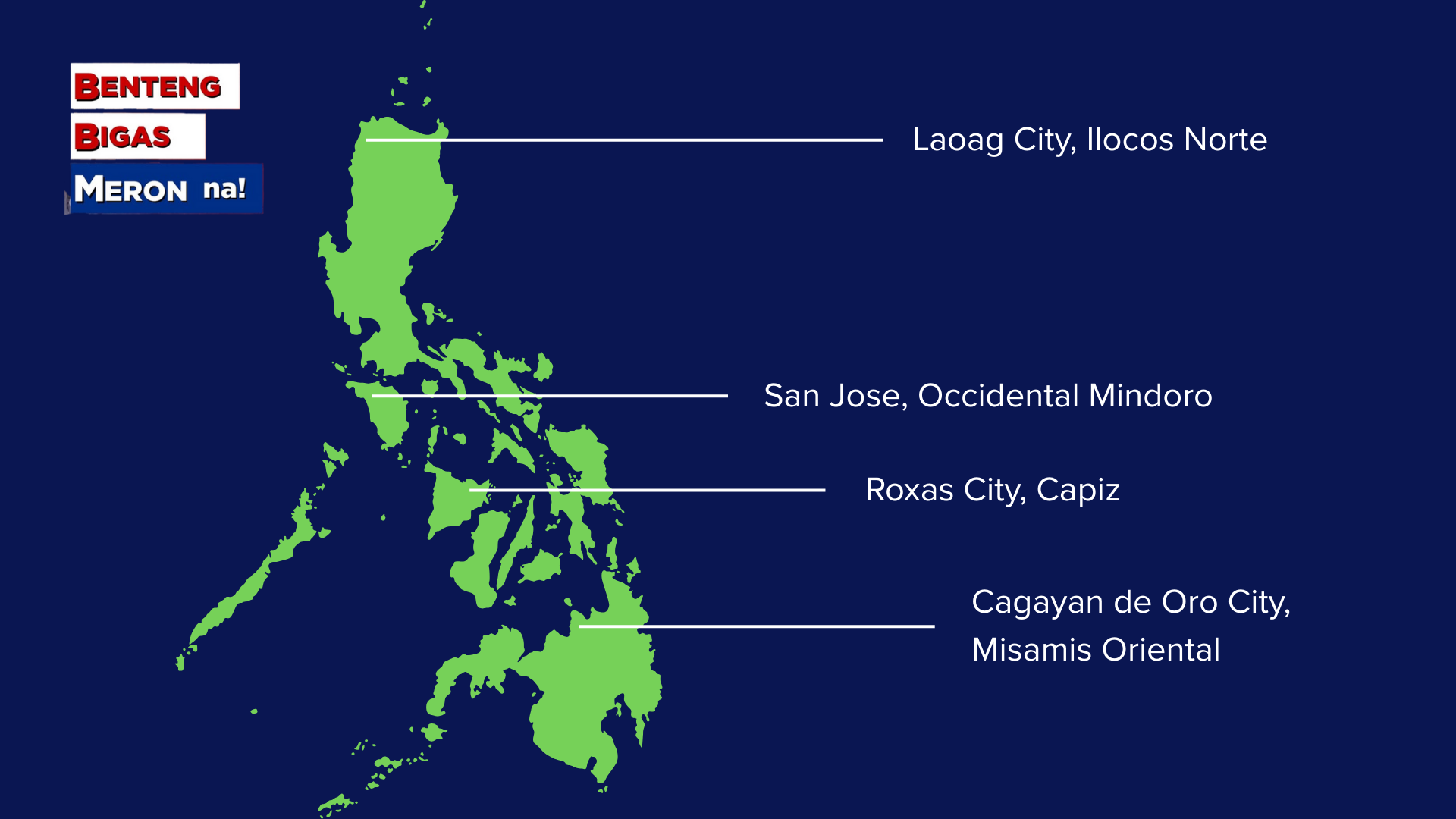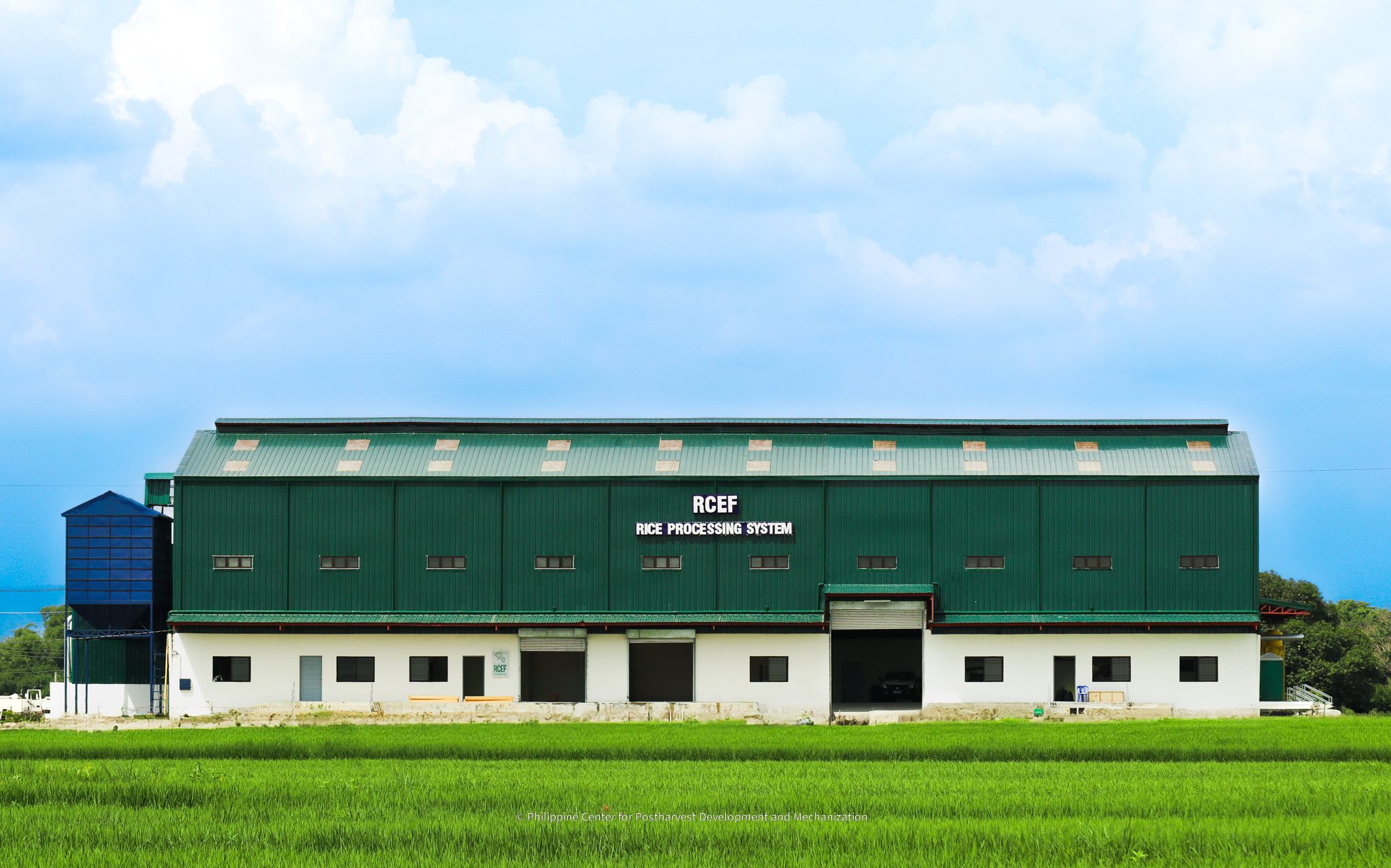
By Dean Aubrey Caratiquet
Synonymous with President Ferdinand R. Marcos Jr.’s directive of providing quality yet affordable staple grain for the vulnerable sectors, the Department of Agriculture (D.A.) continues to sustain the momentum of the government’s “Benteng Bigas, Meron Na!” Program as its reach expands to four new areas on Wednesday.
Agriculture Secretary Francisco Tiu-Laurel Jr. announced that the P20-per-kilo rice program will be made available in Laoag City, Ilocos Norte; Roxas City, Capiz; Cagayan de Oro City, Misamis Oriental; and San Jose, Occidental Mindoro.
Secretary Tiu-Laurel declared, adding fisherfolk in Lucena City, Quezon; Sual, Pangasinan; and Navotas City as the initial beneficiaries of the Marcos Jr. administration’s affordable rice campaign, “By next week, the P20 rice program will also cover fisherfolk and fish port workers listed in the Registry System for Basic Sectors in Agriculture. Eligible individuals may purchase up to 10 kilos of subsidized rice per month.”
The Agriculture chief said the program will continue to expand in the coming weeks and months, aiming to reach up to 15 million households by next year, in line with the Chief Executive’s fulfilled campaign promise during the 2022 polls.
To support this expansion, President Marcos has approved an additional P10 billion in funding for 2026. He had earlier instructed the D.A. to sustain the program until the end of his term in June 2028.

Agri chief eyes construction of more rice mills, dispels overcapacity concerns
Meanwhile, Secretary Tiu-Laurel is looking to build more Rice Processing Systems (RPS) in the country in a bid to increase the number of facilities made available to process the farmers’ rice harvests and ensure sufficient capacity utilization of agricultural infrastructure.
The Agriculture chief added, dismissing concerns about possible overcapacity on rice mills, “More important than rated milling capacity is capacity utilization. To break even, operators need at least 63% capacity usage. Go below that, and you’re losing money.”
He added, noting that this move aims to reallocate the Philippine Center for Postharvest Development and Mechanization’s (PHilMech) investments on production equipment and improve agricultural yields, “Our target utilization rate is 80-85%. That’s where efficiency improves, costs go down, and all parties—millers, farmers, and consumers—benefit, provided other costs hold steady.”
Since the implementation of the Rice Tariffication Law (RTL) and the allocation of funds under the Rice Competitiveness Enhancement Fund (RCEF), PHilMech has established 122 Rice Processing System units equipped with state-of-the-art multi-stage rice mills and recirculating dryers, 116 of which were completed under the Marcos administration.
For RCEF Phase 1, PHilMech targets a total of 151 RPS units, with the remaining 29 scheduled for completion before the year ends. In addition, PHilMech has distributed more than 1,000 single-pass rice mills and village-type rice mills and more than 500 stand alone recirculating dryers to smaller organizations to support localized rice processing operations.
jpv
